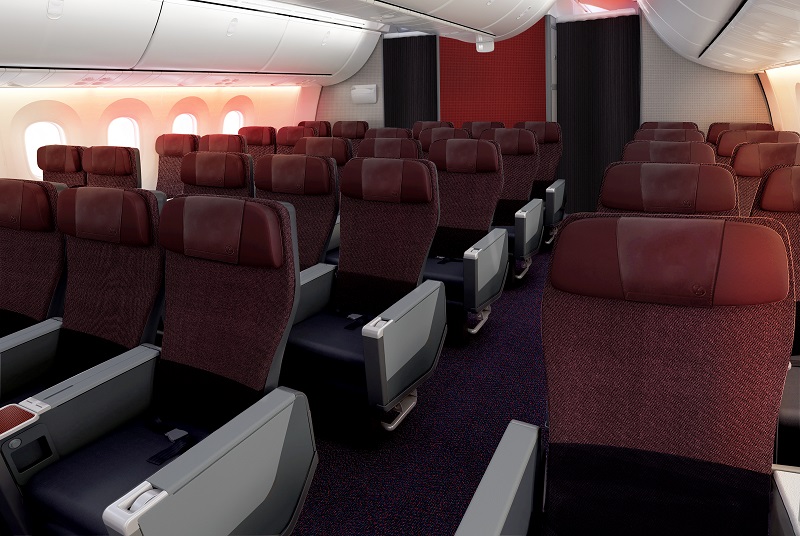It’s fascinating to mark the evolution of the 787 from a long haul fixture to a domestic workhorse, with Japan Airlines (JAL) putting its first domestic 787-8 aircraft to work this month between Tokyo Haneda and Seoul Itami, and later this year between Haneda and Fukuoka.
Launch customer and Japan Airlines domestic competitor All Nippon Airways has long used its early (and therefore less efficient) Dreamliners on its domestic network, but few other airlines have high-capacity domestic versions of the Dreamliner.
This is particularly true of the more recent lighter and more efficient versions that have, by many airlines, been called “too much airplane” to be
Watch dramatic video of Asiana A380 engine on fire
In a fleet context, JAL has some of the world’s densest Boeing 777 aircraft for its domestic trunk routes like Tokyo Haneda to Osaka Itami and Sapporo New Chitose, including its 500-seater two-class Boeing 777-300 configuration.
The airline also currently has a fleet of 35 Boeing 767s, according to the fleet tracking site airfleets.net. Six of these are the non-ER 767-300 version largely used for medium-sized domestic routes or off-peak large routes, including Itami.
Interestingly, these are not particularly old planes as the 767s in commercial operation go: one was delivered in 1995, two in 1997, one in 1999 and two as recently as 2002.
JAL and its associated airline brands also operate a large fleet of 737-800s for city pairs with lower demand, as well as a variety of regional aircraft from Embraer E-Jets to turboprops for regional or very-low-demand services.
This new aircraft is a high-density version, with 291 seats on board: 6 in first class, 58 in the unique Class J (which is sort of like an international premium economy product), and 227 seats in regular economy. Not quite the 335 seats on Scoot’s denser 787-8s, but not too far off either.
First class is laid out in a 2-2-2 configuration, with deeply reclining and very private seats from the Japanese seatmaker Jamco.

Class J, meanwhile, is in the standard 2-3-2 premium economy layout for the 787, making this the most spacious and overall best passenger experience of Class J in the fleet, where the 777 sees a 2-4-2 layout and the 737-800s the unusual 2-3 configuration. The seats are the Recaro PL3530.
It’s interesting that JAL selected this configuration given that it would have had the option to take eight-abreast 2-4-2 seating for Class J, which is the layout it uses in international economy on the 787.
It is, indeed, the only airline to retain the 2-4-2 configuration in economy on its long-haul Dreamliners, where other airlines use 3-3-3.
But on this domestic shuttle route the economy class seating is going to be 3-3-3, but with the remarkably impressive Recaro CL3710, more often seen on long-haul aircraft.

In comparison with the Boeing 767s, these aircraft are directly replacing, that’s something like an inch less seat width, but it’s not dissimilar to the high-density 777 aircraft that it will be flying alongside.
Overall, it’s an upgrade from the 767 in Class J and adds first class, but in economy it’s going to be a little more squashy down the back — mitigated substantially by the choice of the comfortable Recaro seats.
The first flight of the new configuration will take place at the end of this month, between Tokyo Haneda and Osaka Itami.
JAL offers over a dozen flights a day between these two airports alone, not counting their international airports at Narita and Kansai, and the 787-8 will be flying alongside the Boeing 767 and Boeing 777 widebodies the airline also uses on these routes — as well as low-cost carriers’ narrowbodies and ANA’s widebodies.
























